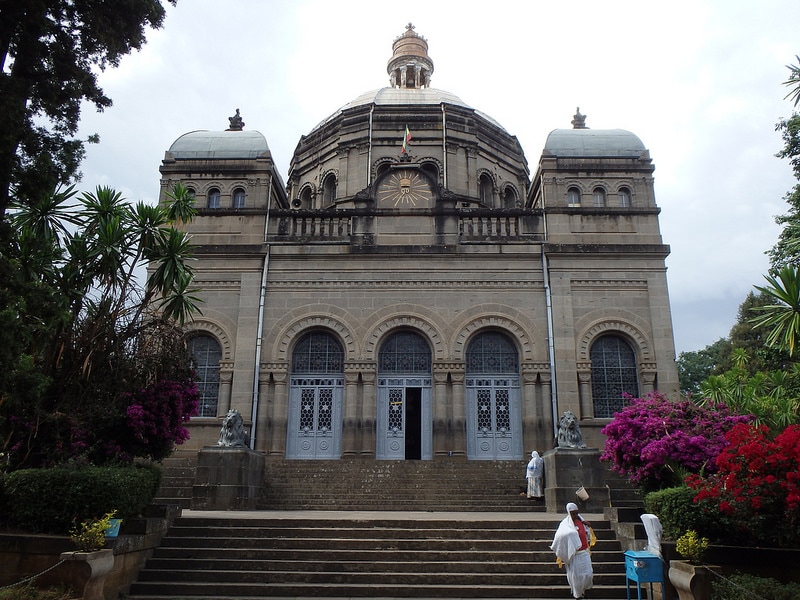What was the OAU?
It was an association of independent African states that existed between 1963 and 2002, when it was renamed the African Union (AU)
Origin and development of OAU
It was formed as a climax of a series of pan- Africanism congresses up to 1963.
In January 1961, several African independent states, i.e. Egypt, Ghana, morocco, Libya and Algeria, met in Casablanca and pledged to help Patrice Lumumba of Congo against the secessionist Tsombe. In May 1961, another group of African states, i.e. Liberia, Tunisia and Togo met in Monrovia and agreed to work in unity to solve the Congo crisis. In august 1961, a bigger group made up of former French colonies met in Brazzaville to find a solution to the Congo crisis. In 1963, the regional groupings compromised and joined with others to form one organization. In May 1963, foreign ministers of 32 independent African states met in Addis Ababa, Ethiopia, to prepare the agenda for the heads of state meeting. The heads of states met under chair of Emperor Haile Selassie and gave birth to OAU, with Selassie as its first chairperson. Its membership grew from 32 at the time of its inception to 54 NB; when the Saharan Arab Democratic Republic was admitted to the OAU in 1984,Morocco withdrew since she claimed that SADR was part of her territory.
The Charter of OAU: Objectives of the OAU
The fundamental principles of OAU as outlined in the charter.
The structure of the former OAU
The OAU charter borrowed heavily from that of the United Nations Organization. The only difference is that no member of OAU enjoys veto powers. All members have equal privileges and vote.
The charter outlined the structure of OAU as follows; The Assembly of Heads of State and Government - This was the supreme organ of OAU meeting once a year to discuss specific urgent matters and electing a chairperson every year. A two-third majority vote was used to decide critical issues. The Council of Ministers - It was made up of all foreign ministers of OAU member states and met twice a year to prepare agenda for the meeting of heads of state and government. It implemented decisions passed by heads and prepared the OAU budget. The General Secretariat - Headed by the secretary general elected by the Assembly of Heads of state, it offered the administrative services to the organization on daily basis. The past secretaries were Kifle Wodajo of Ethiopia (1963-1964), Diallo Telli Boubaker of Guinea (1964-1972), Nzo Ekangaki of Cameroon (1972-1974), Eteki Mboumoua of Cameroon (1974-1978), Edem Kodjo of Togo (1978-1983), Peter Onu of Nigeria (1983-1985), Ide Oumarou of Niger(1985-1989). The last was Salim Ahmed Salim from Tanzania. The Commission of Mediation, Conciliation and Arbitration - It was charged with the task of settling disputes involving members. It had membership of 21 states and served for a term of five years. Specialized Agencies - The OAU also comprised specialized agencies and committees that handled the technical business of the organization. E.g. the OAU Liberation Committee-to co-ordinate activities of liberation movements, The Economic and Social Commission, the Commission on Education, Science and Culture, the Defence Commission, the Supreme Council of Sports Etc. Achievements of OAU
Problems that faced OAU during its operation
0 Comments
Leave a Reply. |
Archives
April 2024
Categories
All
|

 RSS Feed
RSS Feed